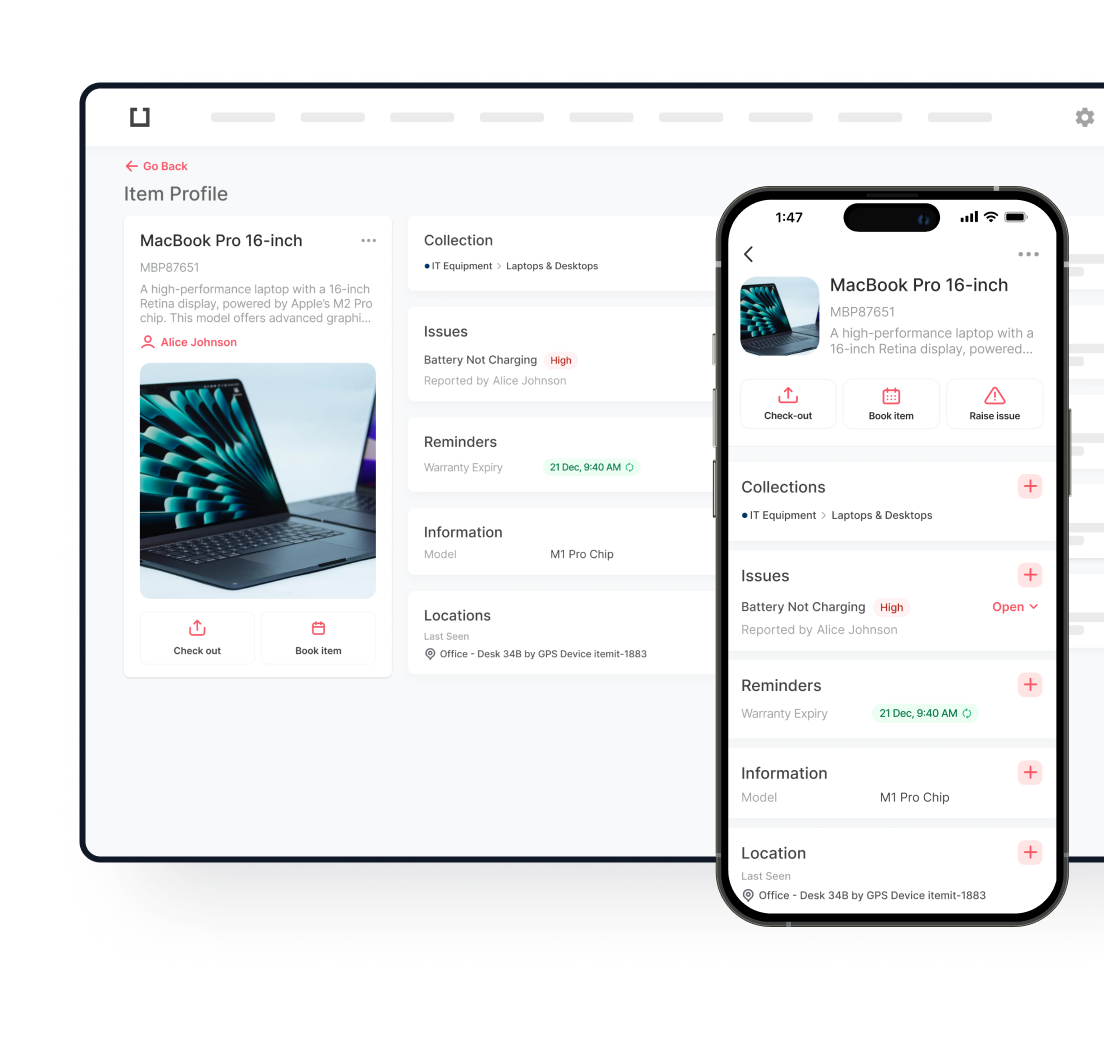There are a range of operations that your asset tracking software must be able to address and improve. From auditing, to fixed asset management procedures, to location tracking, having an effective and easy-to-use asset tracking software is essential.
With an effective suite of features, you will be able to save time and money with your asset tracking software by:
- Reducing asset downtime
- Losing fewer assets
- Reducing retrieval times
- Increasing asset clarity
- Speeding up asset operations
So, what is essential to have in your asset management system?
A Cloud-Based Platform
First of all, your asset tracking system needs to be fast, scalable, and shareable. Primarily, this means having a cloud-based system in place.
The main benefit of a cloud-based asset tracking system is that any updates that happen across the world update in your asset tracking software in real-time.
This means that you can be working remotely or in the office while colleagues onsite are interacting with assets. They will be able to log any interactions for you to see.
So, for example, if your maintenance team is onsite, they’ll be able to notify everyone when issues are fixed and minimise downtime by using data processes that any of your colleagues can contribute to.
Location Tracking Capabilities
It is essential that your asset tracking software has location tracking functionality. By using asset tags, you will be able to activate location tracking while also speeding up asset-related operations.
Primarily, you need to be able to update an asset’s location upon every scan of its tag. This way, if you’re reporting an issue against an asset, your maintenance team can see exactly where the asset is, what the issue is, and when it was reported.
You also need to be able to log how assets move around your sites. This is why you need the ability to mark assets against specific locations, such as a shelf in an office. With asset tags, you will be able to speed up these operations with features such as bulk edit and quick add.
Fixed RFID asset tracking entirely automates this type of asset management, too, as every time and asset moves from one location to another in a building, this will be logged automatically with no manual input. This is incredibly helpful for healthcare asset tracking, for example.
Fixed Asset Tracking Functionality
Finally, you need to be able to run reports, manage data, and customise exportable fixed asset registers. This is why your asset tracking software needs to have fixed asset management functionality such as depreciation and reporting features.
A robust, automated and exportable fixed asset register reduces the chance of ghost and zombie assets, giving your business accurate tax breaks, and also proves to insurers that you own your assets and are using them responsibly.
To find out more about how itemit’s asset tracking software can help your business, you’ll be able to contact the team at team@itemit.com. You can also fill in the form below to try out all of our features with a 14-day free trial.

Try itemit
Choose a better way to track your assets. Start your free 14-day trial now!

Keep Learning
itemit Blog
Tips, guides, industry best practices, and news.
Why Is Asset Tracking Software Essential For Your Business?
itemit’s asset tracking software can help to make the day-to-day running of any business easier. Read this article now to find out more.
5 Benefits of Asset Tracking Software for All Types of Businesses
Read this article to discover 5 of the benefits of using itemit’s asset tracking software that’s ideal for all types of businesses
itemit: A Simple Solution to Reducing the Risk of Lost Tools
itemit’s construction equipment tracking software works. You too can lose fewer tools, if any at all. Read this article to find out more.

